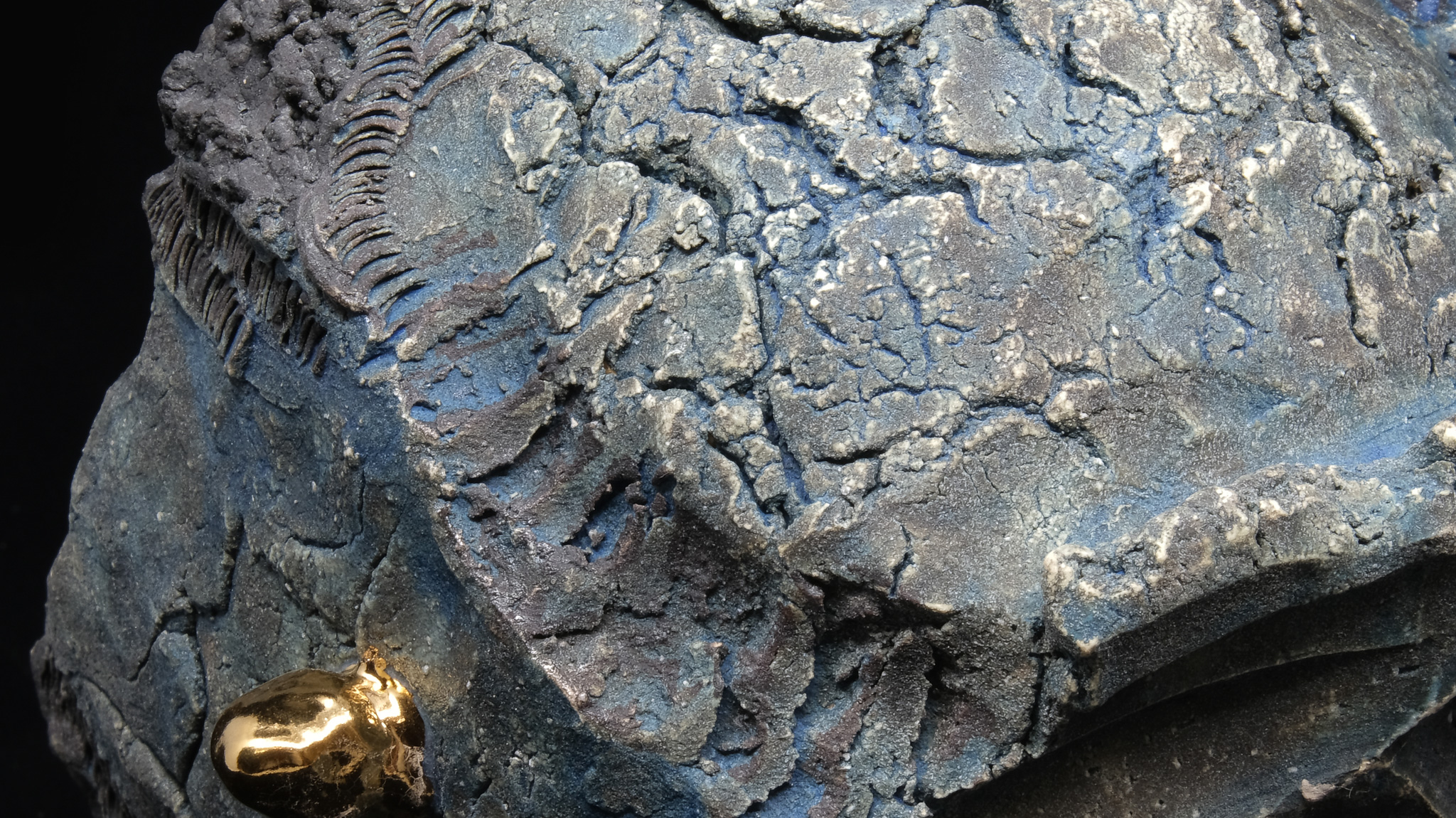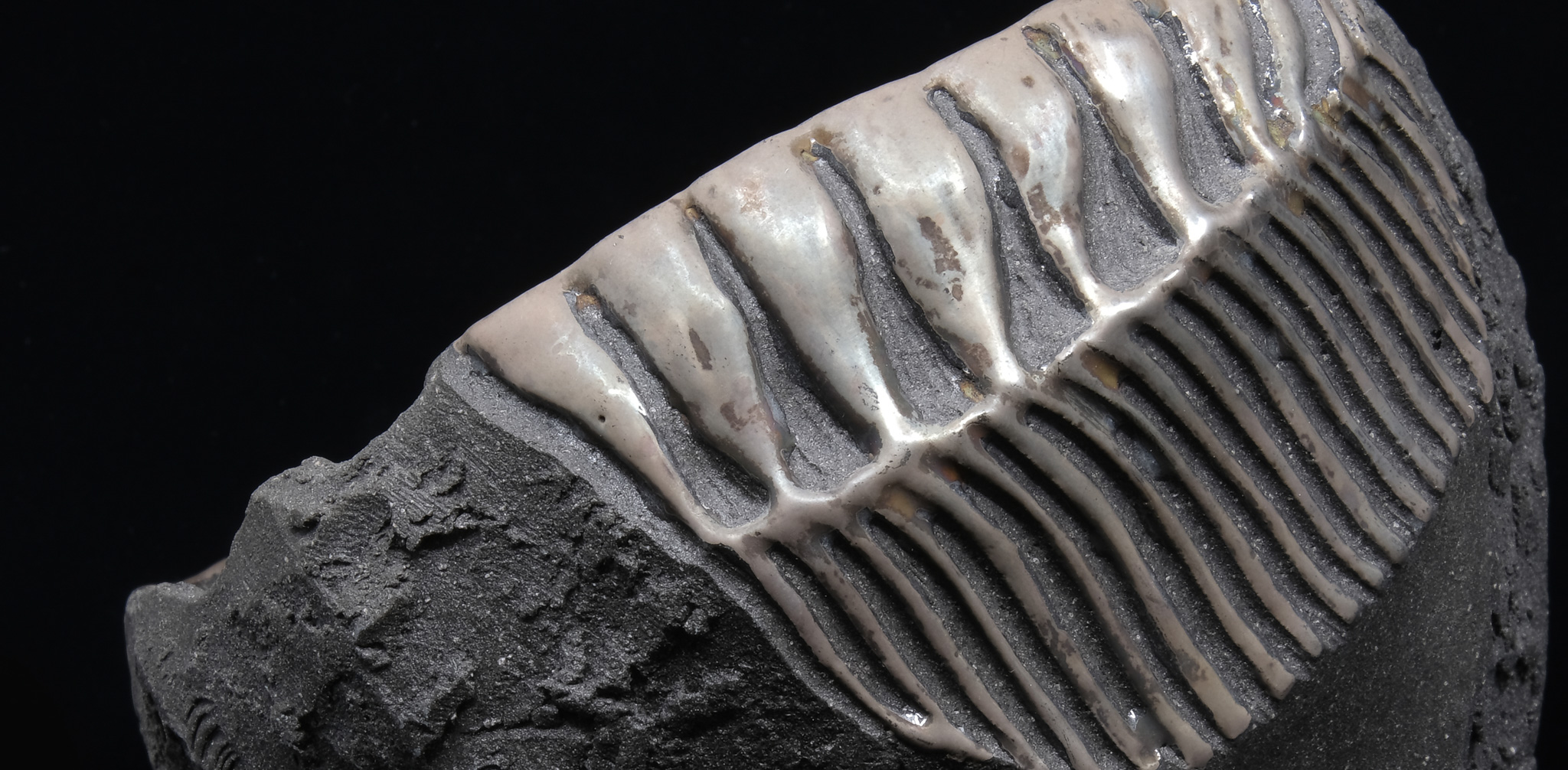
Interview with ceramic artist Ryoma Hiramatsu (Sawara, Chiba Prefecture)
Share
I visited Sawara in Chiba to visit Ryoma Hiramatsu, who is a particularly mysterious ceramic artist to me.
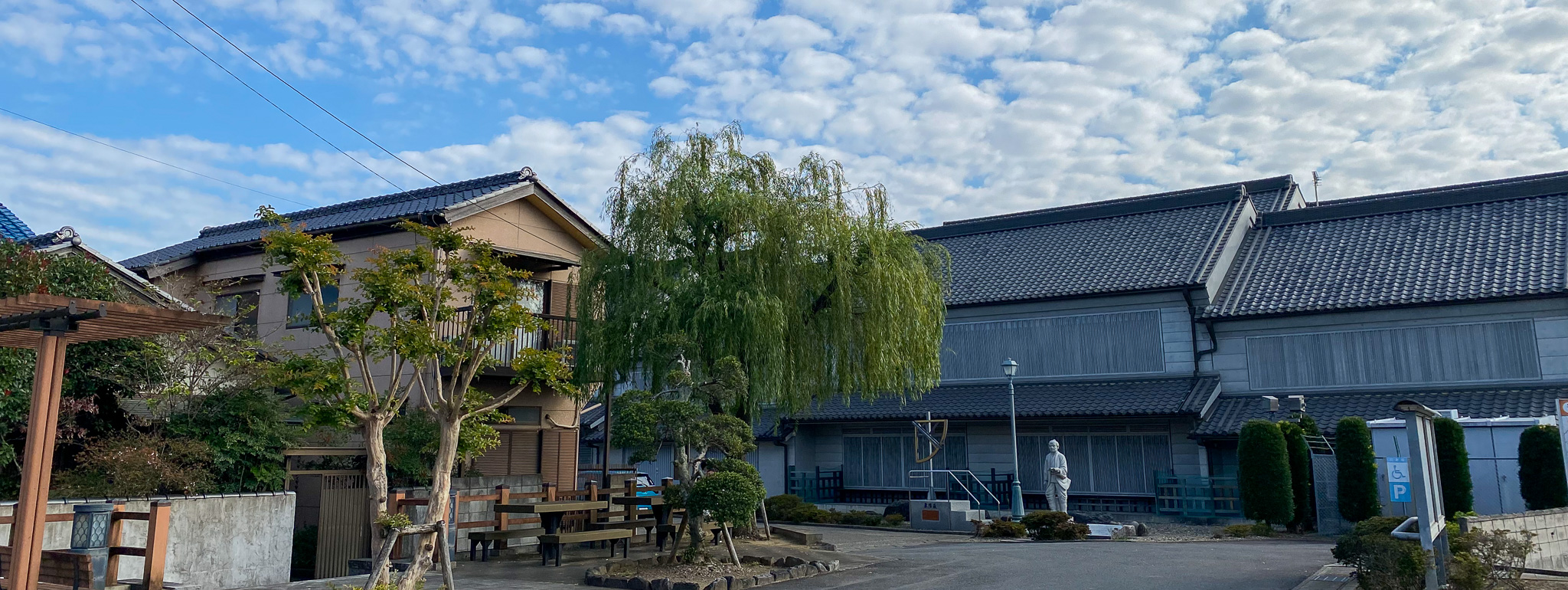
What kind of place is Sawara?
I was born in Chiba Prefecture, and after graduating from university, I studied pottery at the Mashiko Ceramics Support Center. After leaving Mashiko, I opened a kiln near my parents' house, and then moved to Sawara in 2016. I plan to continue making pottery in Chiba.
Sawara is known as Little Edo and is a town that flourished as the midpoint of the Tone River waterway. It has a 400-year history and has a streetscape full of Edo atmosphere built by old merchants. The land around here was owned by the Ino family, the most famous of whom was Ino Tadataka, who surveyed the whole of Japan and completed a map of Japan based on actual measurements. The studio is right next to the Ino Tadataka Memorial Museum.
Just across the bridge, Ibaraki Prefecture is in, and Kashima Stadium, famous for the Antlers baseball team, is about 30 minutes away. My friend found my current studio, and the climate here is a little colder than in the city, so it's no problem for pottery.
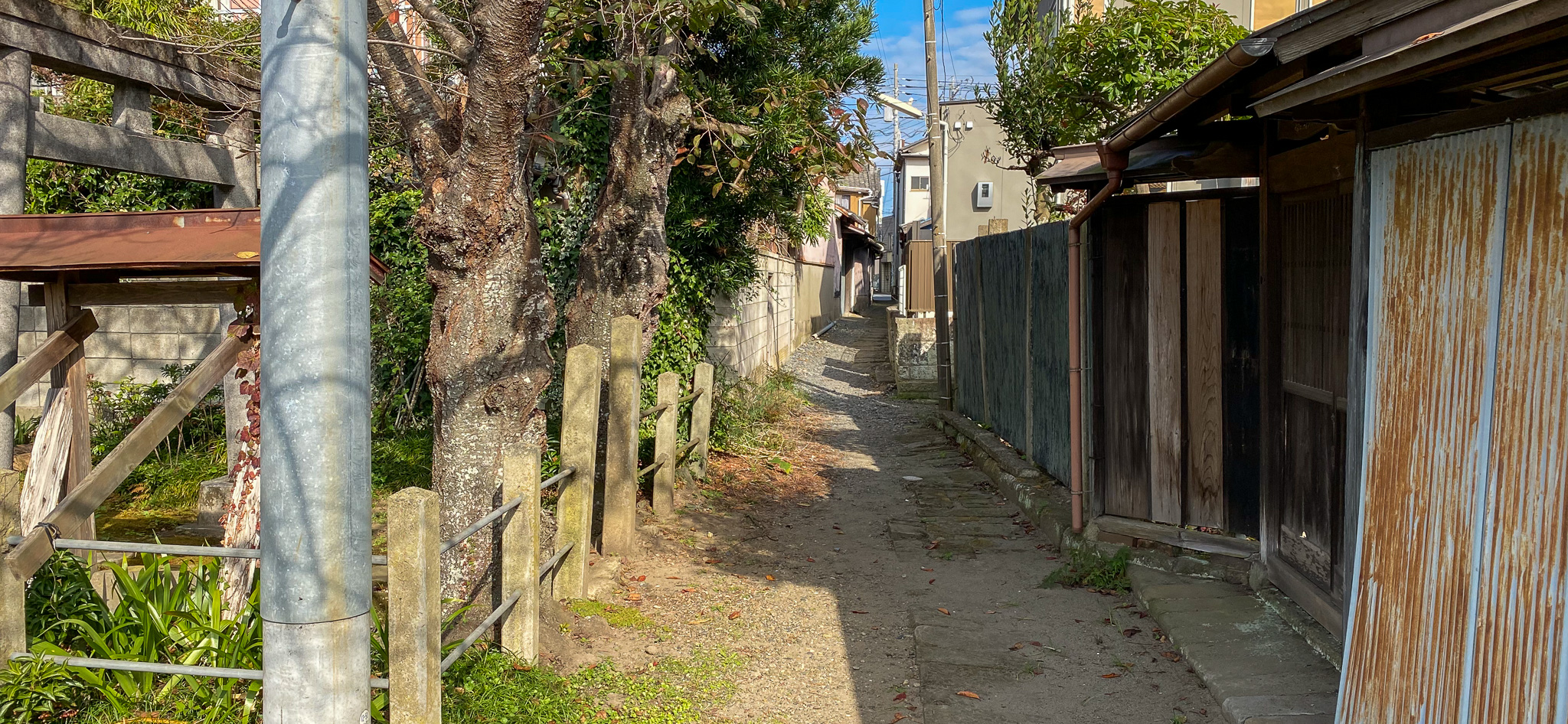
Please tell me the process of making pottery.
It's all done by hand.
First, I start by kneading the clay myself, and then I make everything by hand.
It's a completely different efficiency compared to shaping on a potter's wheel, and it takes a lot of time and effort. I don't think it's clear to you, but the speed of the potter's wheel is a little too fast for me, so it feels like a quick performance, and in the end it doesn't work. I think assembling things bit by bit is what suits me.
For example, when making a flowerpot, you first create a base, then knead the clay with your hands to create the four walls, then connect and glue them together. It may seem simple, but it requires experience and is time-consuming.
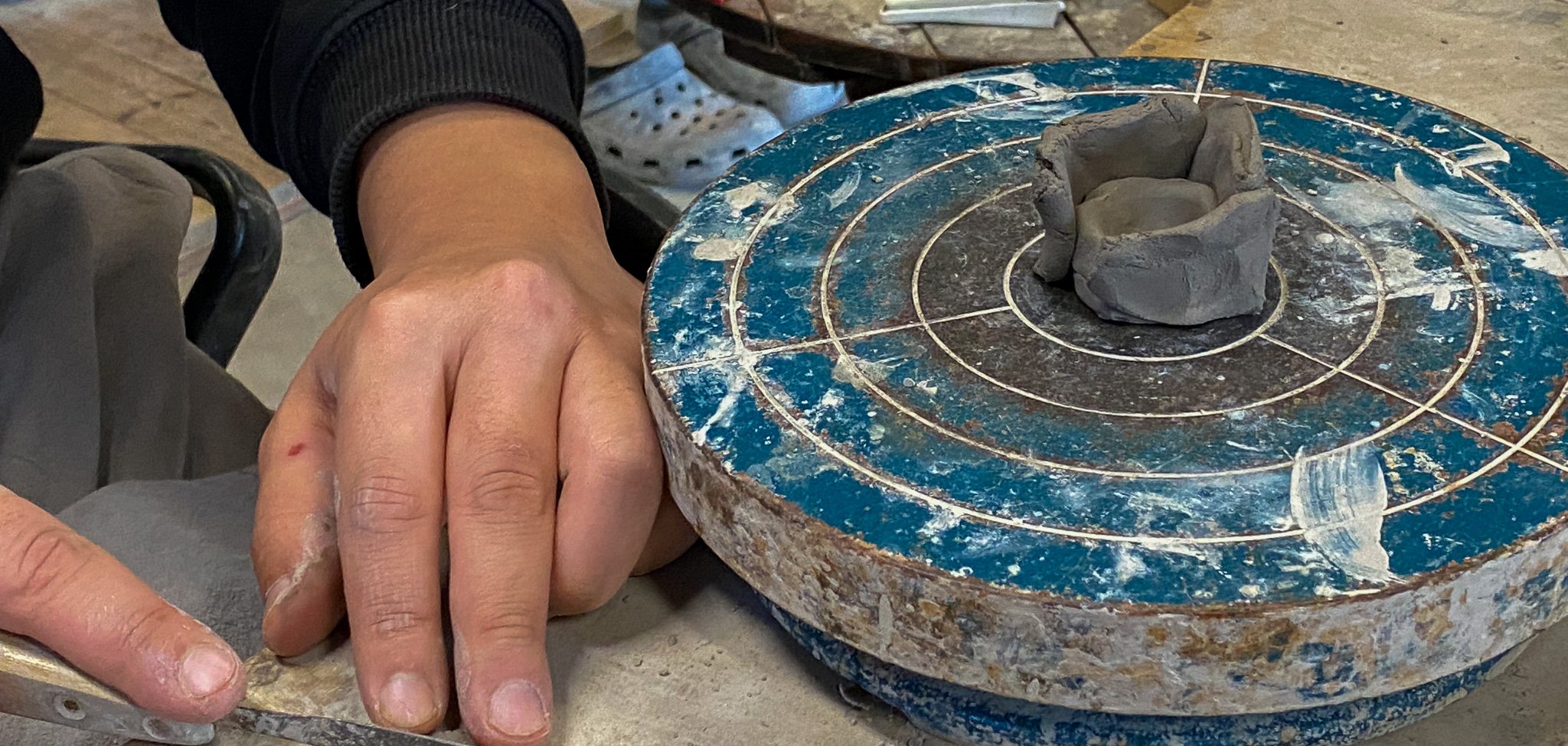
The cracks and fissures in each series are intentionally created by folding the clay when first twisting it by hand. When you glue pieces of clay together by hand, it always feels unnatural, so you knead and paste small pieces of clay together to eliminate the sense of incongruity. From the beginning, you keep the finished product in mind, and distort the piece while adding cracks and fissures.
After shaping, the whole piece is lightly polished with a sponge, and the inside is carefully hardened with mud to make it more durable. The work of carving it out begins before it dries. After carving, several colors of underglaze paint are layered on top. For example, black is applied to the bottom and blue is applied on top of that. After the underglaze paint is applied and dried, the piece is bisque fired at 750-800℃.
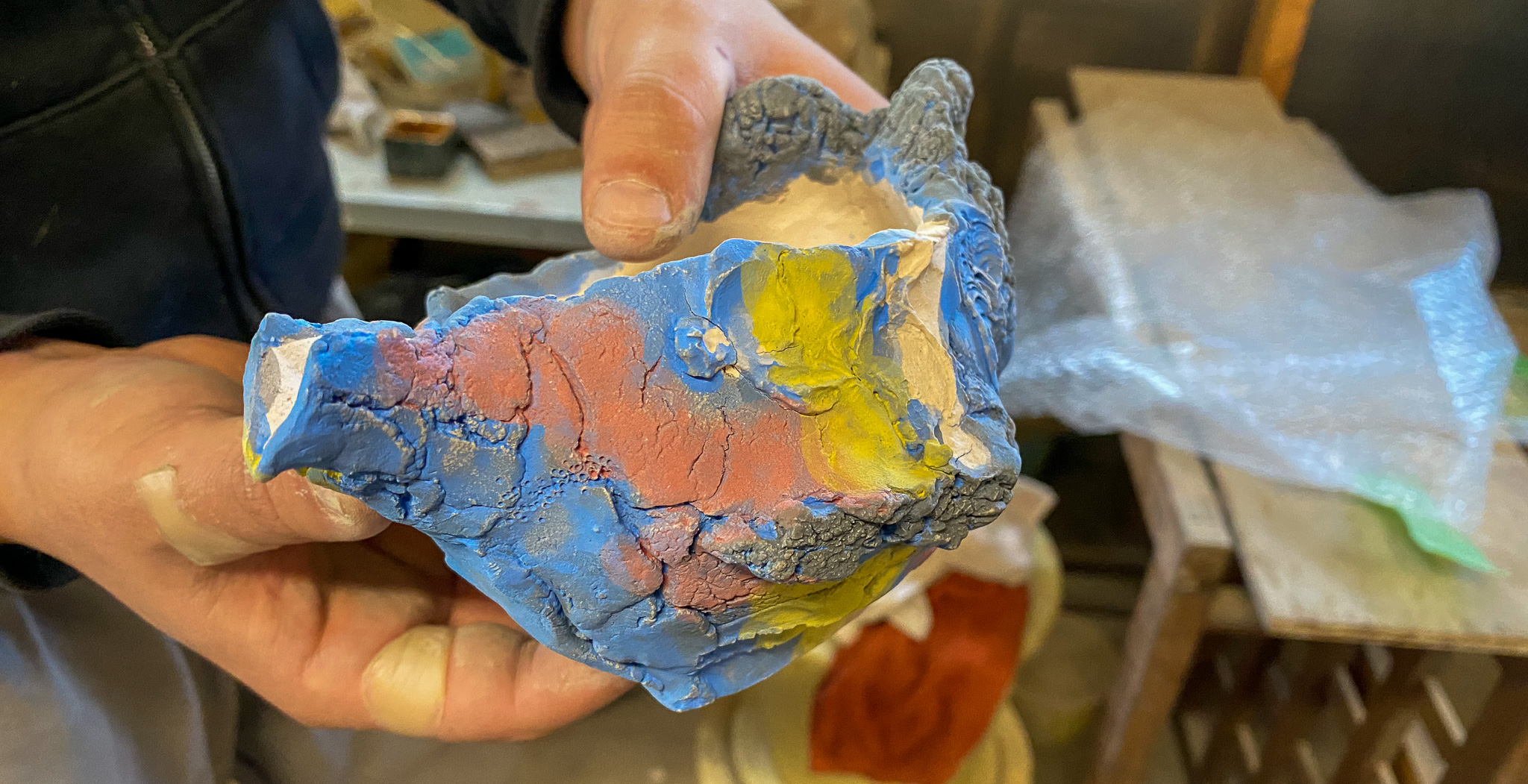
After bisque firing, a transparent glaze is applied and the final firing is done in a kerosene kiln at 1250-1260℃. Unlike electric kilns that can be controlled by a microcomputer, kerosene kilns require the amount of air and kerosene to be increased little by little about once an hour. Furthermore, the inside of the kiln becomes like a sauna. However, I like the subtle feeling of being able to achieve a balance between oxidation and reduction, and the coloring that comes from the fire, so I use it.
After the final firing, the piece is painted with gold. For example, a gold leaf piece is painted with gold as an overglaze on the final firing, and then fired again at nearly 800℃ to finally be completed.
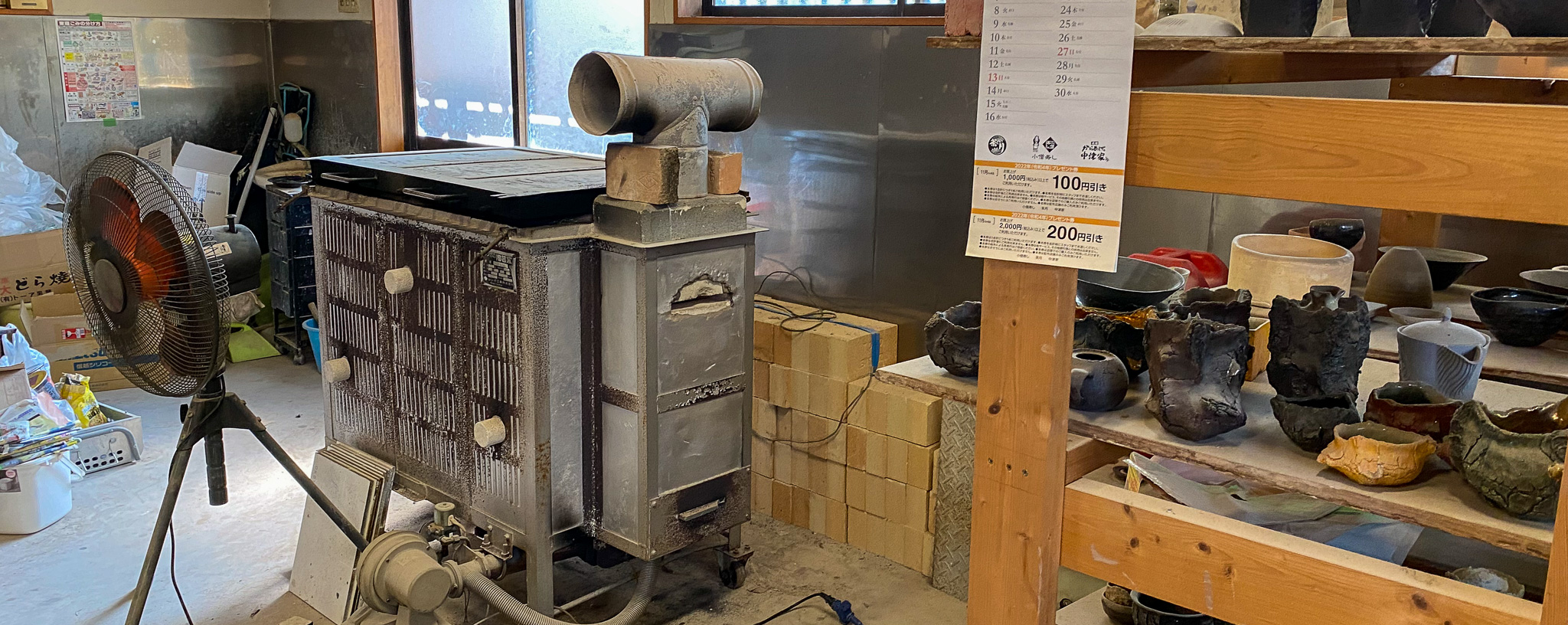
Thoughts on pottery
I've always liked pieces that naturally warp or crack in the kiln. However, it's not something you can do on purpose. So I thought, why not just create the cracks from the beginning? So I often make pottery using the techniques I've discovered.
I create my works inspired by fossils such as ammonites, minerals such as gold and silver, dragons and demons. Yes, the genre of YouTube I watch most often is the occult, and I often listen to it while I work. I especially like videos about visiting haunted places and ruins.
I want to create outstanding ceramic works, and so I continue to participate in exhibitions and solo shows in order to keep evolving.
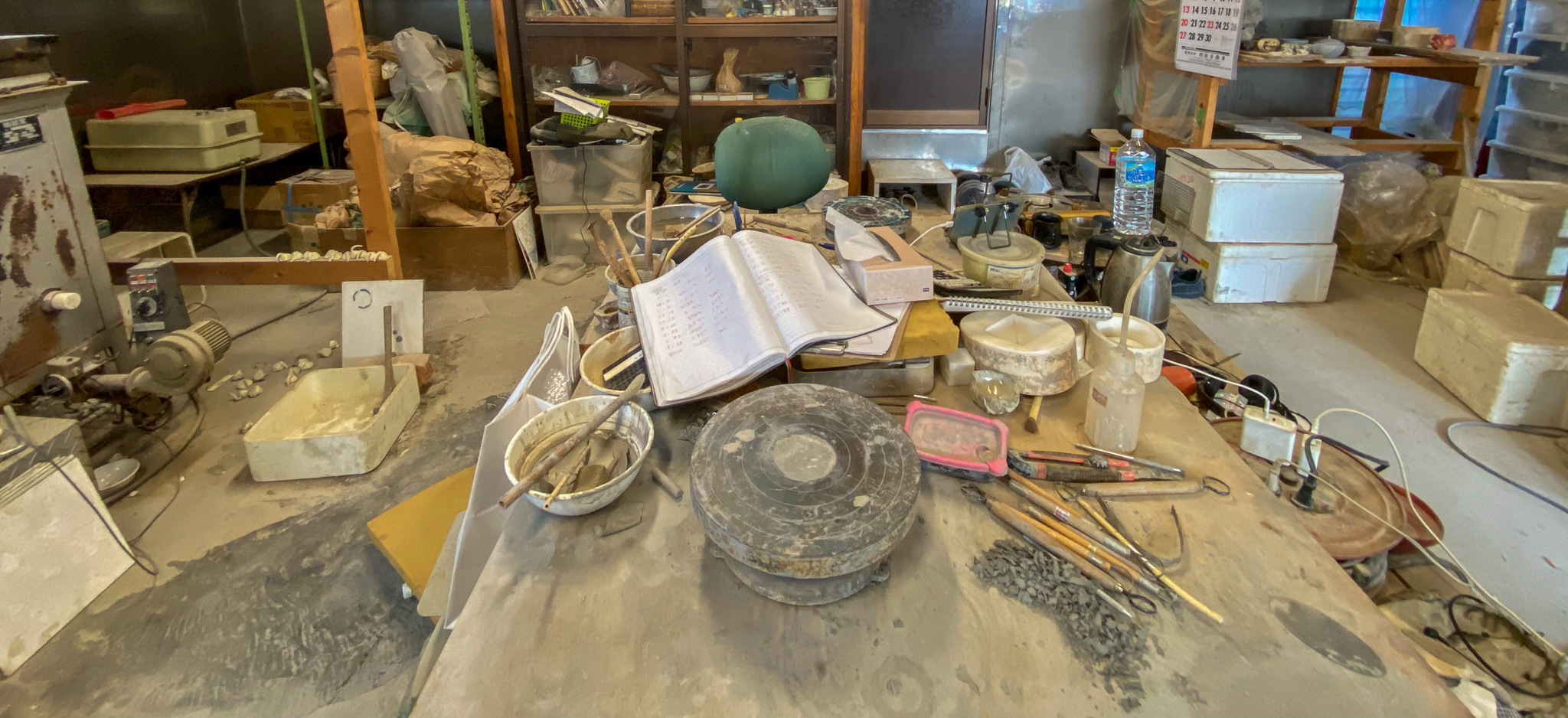
OMBLE: Thank you very much for reading to the end.
Hiramatsu is famous for his "Hannya mask," but his overwhelming Oni-ketsumon and Crack-mon series, as well as his pyrite ammonites that exude an ancient life force, are must-sees. We are the only company that handles flower pots, and our next delivery is scheduled for the winter of 2011. We only have a few pieces, but please do get one.
